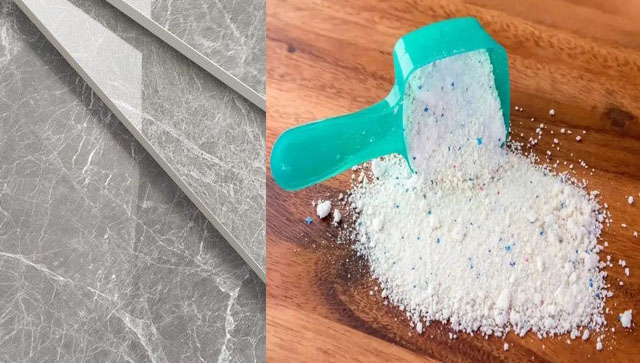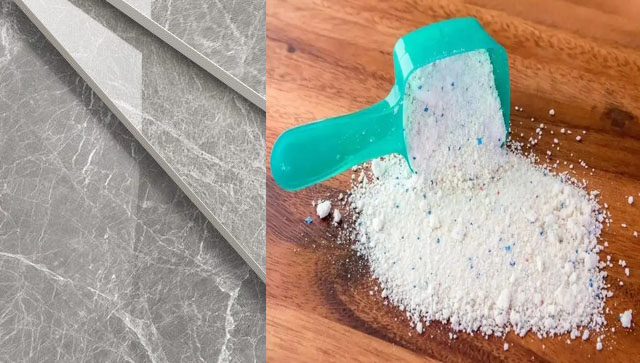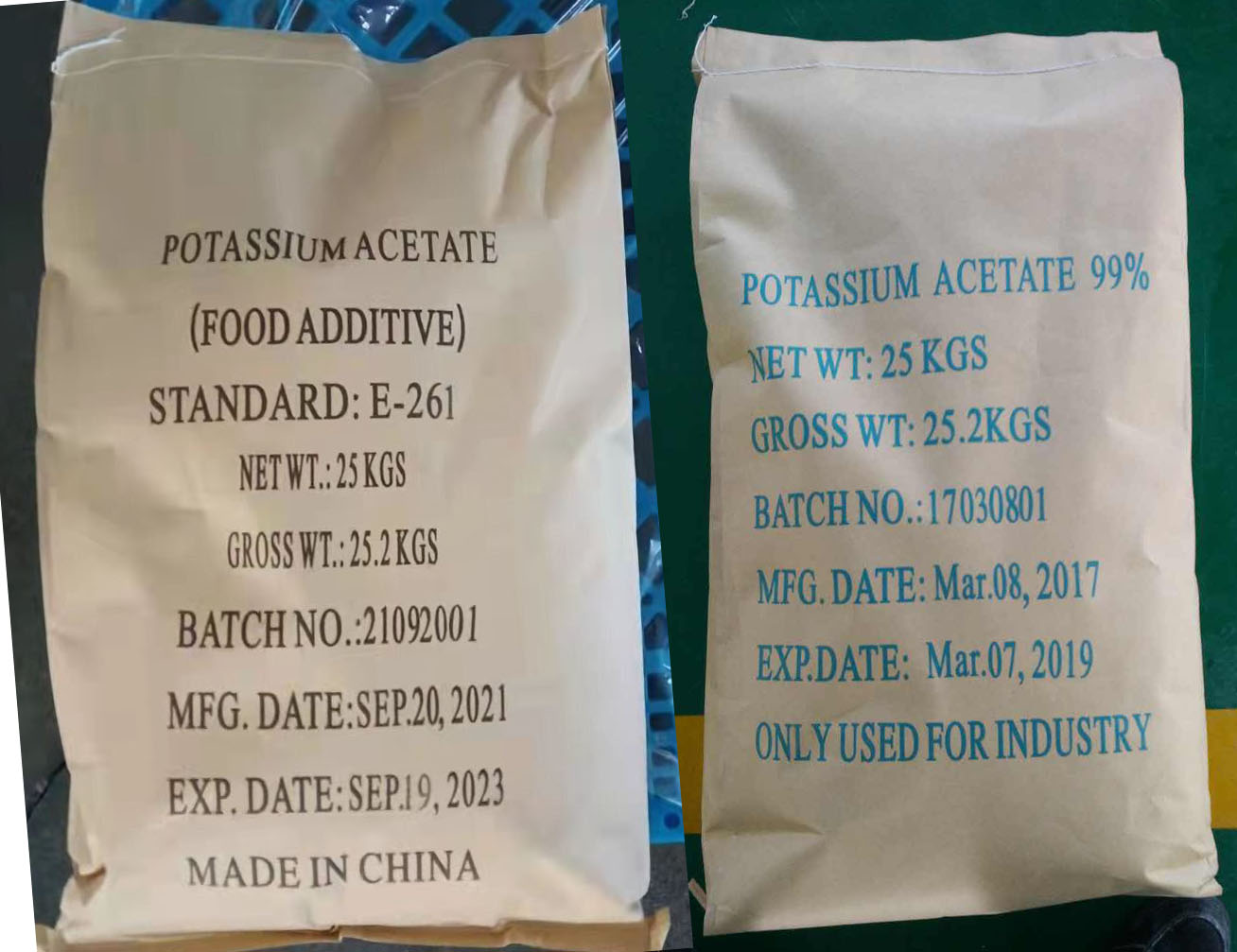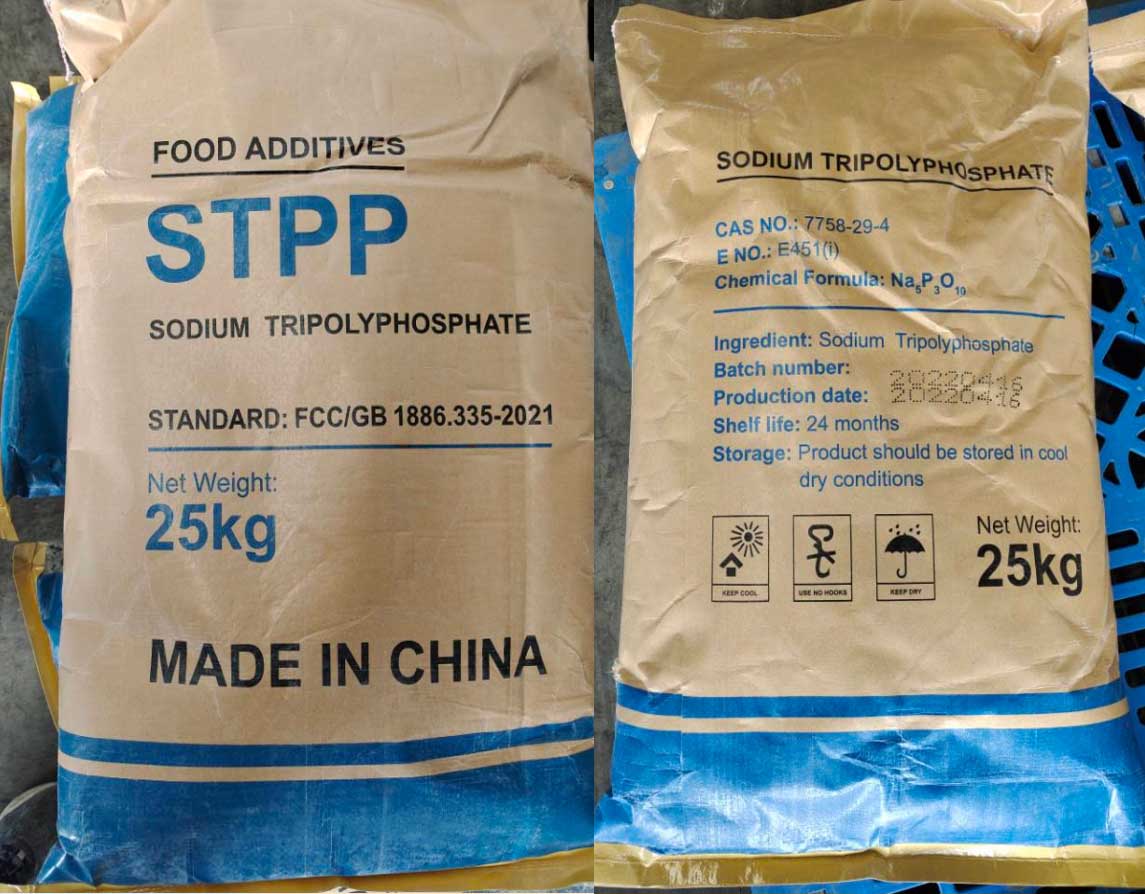Drilling and Completion Fluids Overview
Drilling and completion fluids play a critical role in oil and gas extraction. These fluids serve multiple functions, including:
Cooling and lubricating the drill bit
Carrying cuttings to the surface
Maintaining wellbore stability
Providing hydrostatic pressure to prevent well collapse
Minimizing damage to the reservoir
Drilling fluids can be broadly categorized into:
Water-Based Muds (WBM): Composed mainly of water, clay, and chemical additives.
Oil-Based Muds (OBM): Use petroleum-based fluids and are often preferred for deeper wells.
Synthetic-Based Muds (SBM): A more environmentally friendly alternative to OBM.
Completion fluids, on the other hand, are specifically designed to assist in well completion and to maintain well integrity during production.
Role of Potassium Formate in Drilling and Completion Fluids
Potassium formate is commonly used in water-based drilling fluids and clear brine completion fluids due to its beneficial properties:
1. Enhancing Wellbore Stability
Prevents shale swelling by stabilizing clay formations.
Minimizes formation damage by reducing water invasion into the reservoir.
2. High-Density Brine for Well Control
Used as a high-density brine to provide the necessary hydrostatic pressure.
Unlike traditional salts, it does not cause precipitation or scaling issues.
3. Excellent Lubrication & Corrosion Resistance
Reduces friction and torque, improving drilling efficiency.
Protects drilling equipment and tubing from corrosion.
4. Thermal Stability & Environmental Friendliness
Remains stable at high temperatures (over 200°C), making it suitable for deep drilling.
Non-toxic and biodegradable, reducing environmental impact.
Composition of Potassium Formate-Based Drilling & Completion Fluids
A typical potassium formate-based drilling fluid consists of:
Potassium Formate (30-80%) – Provides density, shale stability, and lubrication.
Polymer Additives – Improve viscosity and fluid rheology.
Corrosion Inhibitors – Protect downhole equipment from degradation.
Surfactants & Lubricants – Reduce friction and improve flow efficiency.
A completion fluid composition using potassium formate typically includes:
Clear Potassium Formate Brine (40-90%) – Ensures proper well control and pressure balance.
Viscosifiers – Enhance the carrying capacity of the fluid.
Surfactants – Reduce interfacial tension and prevent formation damage.
Working Principle of Drilling Fluids with Potassium Formate
Wellbore Stabilization:
The potassium ions (K⁺) in formate brine interact with clay particles, preventing swelling and wellbore collapse.
Cuttings Transportation:
The fluid carries drill cuttings to the surface, preventing clogging and maintaining efficiency.
Pressure Control:
The density of potassium formate brine provides the required hydrostatic pressure, preventing formation fluids from entering the wellbore.
Lubrication & Cooling:
Reduces drill bit wear and heat generation, extending equipment life.
Minimized Formation Damage:
Unlike chloride-based brines, potassium formate does not leave damaging precipitates or residues in the reservoir.
Conclusion
Potassium formate is a highly efficient, environmentally friendly, and thermally stable solution for modern drilling and completion fluids. Its ability to stabilize wellbores, control pressure, and reduce friction makes it a preferred choice for high-performance oil and gas drilling operations. As industry regulations tighten and demand for eco-friendly solutions increases, potassium formate-based fluids continue to gain traction in the global oil and gas sector.




